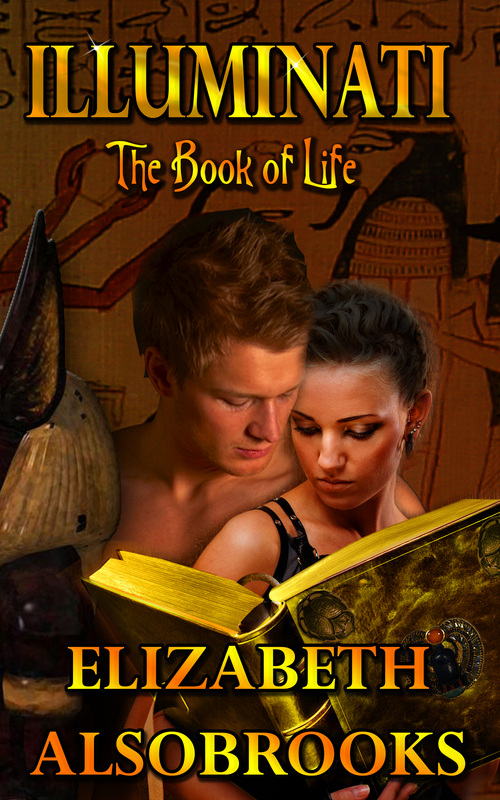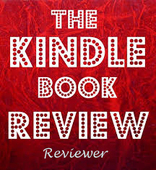Urban Fantasy Author
Book Bling Blog
|
Most writers write in layers, using a writing process. That's how I know my most common mistakes so intimately. I'm not talking about those scattered typos and occasional wrong word use mistakes. I'm talking about craft, the skillfully (that's the goal) applied techniques that writers use to make their writing more immediate, realistic, and intense.
My final stages are always laced with efforts to remove passive voice where appropriate, to flesh out more detail when needed, and to add depth to characters. I think this may be even more essential when you're a pantser, like I am. Through my Beta readers I know that I have a penchant for leaving in too much passive voice. I've discovered I often do this when my goal is to add more individualism and depth to a character by using internal dialogue or reflection. I have to consciously go in and take out as much as possible, though of course in some instances it just works better. And though description is generally one of my strengths (probably because I'm an amateur artist) I sometimes get so wrapped up in what's "happening" in my action-packed stories that I forget to add setting or character features, the things that ground the reader and give the story that "movie" feel to it that makes a reader able to actually visual the story in their head. Being aware is the key to continual improvement, which is something I hope to do. So what's your most common writing mistake?
10 Comments
One of the things I get asked about the most is how I come up with a good story idea. The key is understanding the simple basics about story. Every story, no matter what genre and no matter what types of characters populate the story, is about people, their problems and how they overcome them…or why they don't. Without a problem, without conflict, there is no story. The problem provides the character motivation and actions. The problem is whatever stands in the way of what the character wants. Often it is an antagonist that stands in their way because they want the same thing. This causes conflict, the "what happens" or the "events" of a story. The problem must be large enough, the what's in the way of them getting what they want or need, to sustain an entire story. The longer the story, the bigger the problem. For a novel length story, you add more characters, each with their own baggage and problems, needs and wants, affiliations and enemies. The longer the novel, the more complicated the plots twists, the more devious the character actions and interactions. So where do you begin? Choose a character. Decide what they want or need and what they're willing to do to get it. Then, put obstacles in their way. A romance author pits the hero and heroine against each other. Since all romance must end happily ever after, the writer makes the couple come together in order to overcome a more formidable and evil antagonist. Other genres may put good guys and bad guys against each other. But in a quick outline format, you can get the bones of the story together rather painlessly. Once I get a bare bones skeletal structure in place, often by just free-writing about an imaginary or envisioned character, I like to begin fleshing my story out by brainstorming with my critique buddies. These oral conversations can move from what a character is like to how they perform under pressure. It often includes ideas on how to fix gaps in the story, such as how a character manages to figure something out or how they overcome a particular problem the author has just invented for them. But wherever our mind melds lead, we always remember that no character is all bad, and no character is all good. This adds a lot of delightful fuel for subplots and more complicated plot twists. Perhaps unique to our gang of gals, is how we solve a writer's block about what a character should or would do in a particular situation. Often I do a "tarot reading" for the character and discuss how the cards reveal obstacles, unlikely help in the way of a new character, or the psychological baggage the character must overcome. Interesting characters must be changed somehow by the end of the book. Even if they don't get what they want, they may discover that it's not what they truly needed, or wanted, all along. Sounds like real people, doesn't it? Exactly! Good stories are those that real people can relate to, so the characters must be "real" too. Happy brainstorming! I hope I have helped writers think about creating solid and interesting plots, and helped readers understand why they love particular characters. Thanks for stopping by and reading this. Don't forget to leave a comment to get a chance to win a copy of Illuminati: the Book of Life, or one of Nancy Gideon's PR and Social Media For Writers guides. PR & Social Media For Writers Trailer |
I blog there the 18th of each month!
Elizabeth Alsobrooks's books on Goodreads
 The Keeper's Secret: Tell-Tale Publishing's Annual Horror Anthology
The Keeper's Secret: Tell-Tale Publishing's Annual Horror Anthology
reviews: 1
ratings: 2 (avg rating 5.00) 2016 NaNoWriMo Winner!
My Newest Release
An Amazon Bestseller!
Paranormal, Fantasy, Dystopia and Romance Reade...
 3923 members 3923 membersThis Is A Group for Readers,Writers and Reviewers of All Different Genres. Our Goal Is To Help P... Categories
All
Blog Archives
May 2022
|
©2014-2022 Elizabeth Alsobrooks. All rights reserved.
|























































 RSS Feed
RSS Feed





